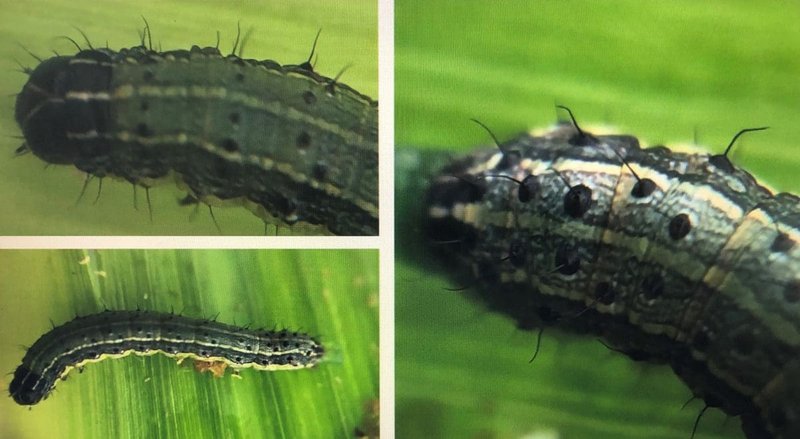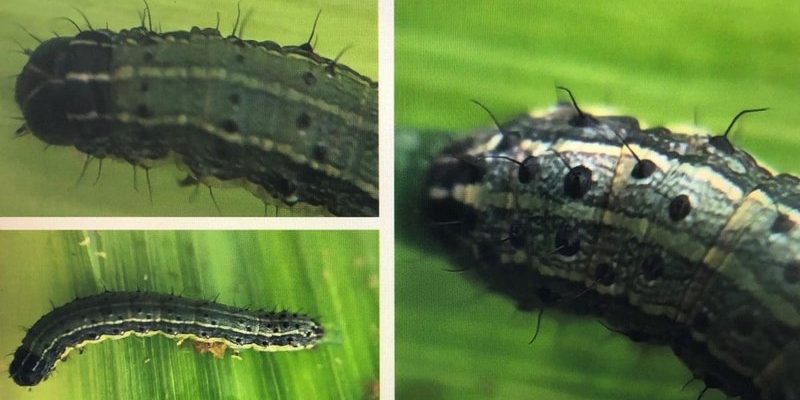
Imagine a bustling community where everyone has their role, keeping things in harmony. That’s how the predator-prey relationship works. Wolves, being apex predators, don’t just affect their immediate environment; they also influence the populations of their prey and parasites like the wolf worm. Understanding these dynamics is not just interesting; it’s crucial for conservation efforts and maintaining healthy ecosystems. So, let me explain how certain natural predators disrupt the development of wolf worms, and why that matters for wildlife health.
What Are Wolf Worms and Why Are They a Concern?
Wolf worms, or *Larva of the Oestrus ovis* (the sheep botfly), are the larvae that infest the nasal cavity of wolves and other canids. These creepy-crawlies primarily develop inside the host, leading to various health issues ranging from discomfort to more severe complications. You might be wondering, “How does this happen?”
Here’s the thing: female botflies lay their eggs either directly on the host or nearby. When these larvae hatch, they make themselves at home, feeding off the host’s tissues. This can lead to sneezing, nasal discharge, and in severe cases, even compromised health that makes wolves more vulnerable to other threats. The disruption of wolf worm development is vital because it helps maintain the well-being of the host and the overall balance in the food web.
The Role of Natural Predators in Ecosystem Balance
Nature has a fantastic way of balancing itself. Predators play a crucial role in keeping populations in check, and this includes parasitic organisms like wolf worms. Birds, insects, and even other mammals have developed strategies to control wolf worm populations, which could otherwise explode and hurt wolf health. Think of these natural predators as nature’s cleanup crew.
For example, birds such as magpies and crows are known to prey on small mammals that might carry these larvae, effectively reducing the chances of the wolf worms finding a new host. This doesn’t just help the wolves; it keeps the entire ecosystem healthy and thriving. Without these natural predators, the problem of wolf worms could reach alarming levels, leading to significant declines in wolf populations.
Birds: The Unsung Heroes in Wolf Worm Control
Birds are often overlooked in the grand scheme of nature, but they can be some of the most effective hunters out there. Certain bird species, like the *European Starling* or *Common Raven*, have been observed preying on parasitic larvae. They often pick through the ground or search for small mammals, consuming whatever they can find.
What makes birds particularly interesting is their ability to spot sick or weakened hosts. If a wolf is infested with wolf worms, that wolf might be slower or not as alert. Birds capitalize on this, helping to reduce the worm population. Imagine a scene where a raven spots a weakened fox and swoops in, saving the day in a small but meaningful way.
Insects: Nature’s Tiny But Mighty Predators
Insects might be small, but they play a significant role in controlling wolf worm populations. Certain beetles and wasps are known to feed on the larvae of these worms before they can infest a host. For instance, parasitic wasps can lay their eggs inside the wolf worm larvae. When the wasp eggs hatch, the young wasps consume the wolf worm from the inside out. It’s a gruesome but effective method of maintaining balance.
You might think, “How can something so small make such a difference?” It’s all about the numbers. Insects reproduce rapidly—one pair of wasps can create many offspring in a short span. This ensures that even if a few wolf worms manage to survive, there are plenty of natural predators to keep the population down.
Mammals That Help Control Wolf Worm Populations
While birds and insects are crucial players, some mammals lend a hand in controlling wolf worm populations too. Certain species, such as foxes and raccoons, often hunt small rodents that may carry these larvae. By controlling rodent populations, these mammals indirectly limit the number of potential hosts for wolf worms.
It’s like a domino effect. When one species keeps another in check, it leads to positive outcomes for the larger community. Foxes and raccoons not only hunt for their sustenance, but they also help ensure that wolf worms don’t have the chance to flourish unchecked. This balance is vital for maintaining healthy wolf populations, which are essential to their ecosystems.
The Importance of Biodiversity in Predator Dynamics
Biodiversity is a key element of any ecosystem, and it plays a direct role in combating wolf worm development. When multiple predators share a habitat, they create a more resilient environment that can respond better to threats like parasitic worms. In areas with rich plant and animal life, there tends to be a healthy balance between predators and prey.
The idea is that different predators may target various stages of the wolf worm’s life cycle. Some may focus on larvae, while others target adult forms. This multi-tiered approach ensures that wolf worms don’t have a chance to dominate. By preserving biodiversity, we’re making sure nature can handle these challenges effectively. Plus, a diverse ecosystem is generally more robust and can adapt to changes more successfully.
Conservation Efforts and the Fight Against Wolf Worms
With the understanding of how natural predators help disrupt wolf worm development, it’s crucial to consider conservation efforts. Protecting habitats ensures that these predators can thrive, which in turn helps keep wolf worm populations at bay. Initiatives that promote biodiversity—like creating wildlife reserves or rehabilitating ecosystems—benefit not just the wolves but the entire habitat.
Education plays a massive role as well. By spreading awareness about the importance of these natural relationships, we encourage more people to get involved in conservation efforts. Whether it’s through supporting local wildlife organizations or participating in habitat restoration projects, every little bit helps.
Finally, the next time you think about wolves, remember they are part of a bigger story. Their health is interwoven with countless other species, and by understanding what disrupts wolf worm development, we can appreciate the complexity of nature’s balance.
In conclusion, nature finds a way to maintain balance, even in the face of challenges like wolf worms. From birds and insects to other mammals, natural predators work tirelessly to keep wolf worm populations in check. Protecting these predator species through conservation efforts is essential—not just for the wolves but for the health of the entire ecosystem. We all have a part to play in preserving this delicate balance, allowing nature to thrive for generations to come.

